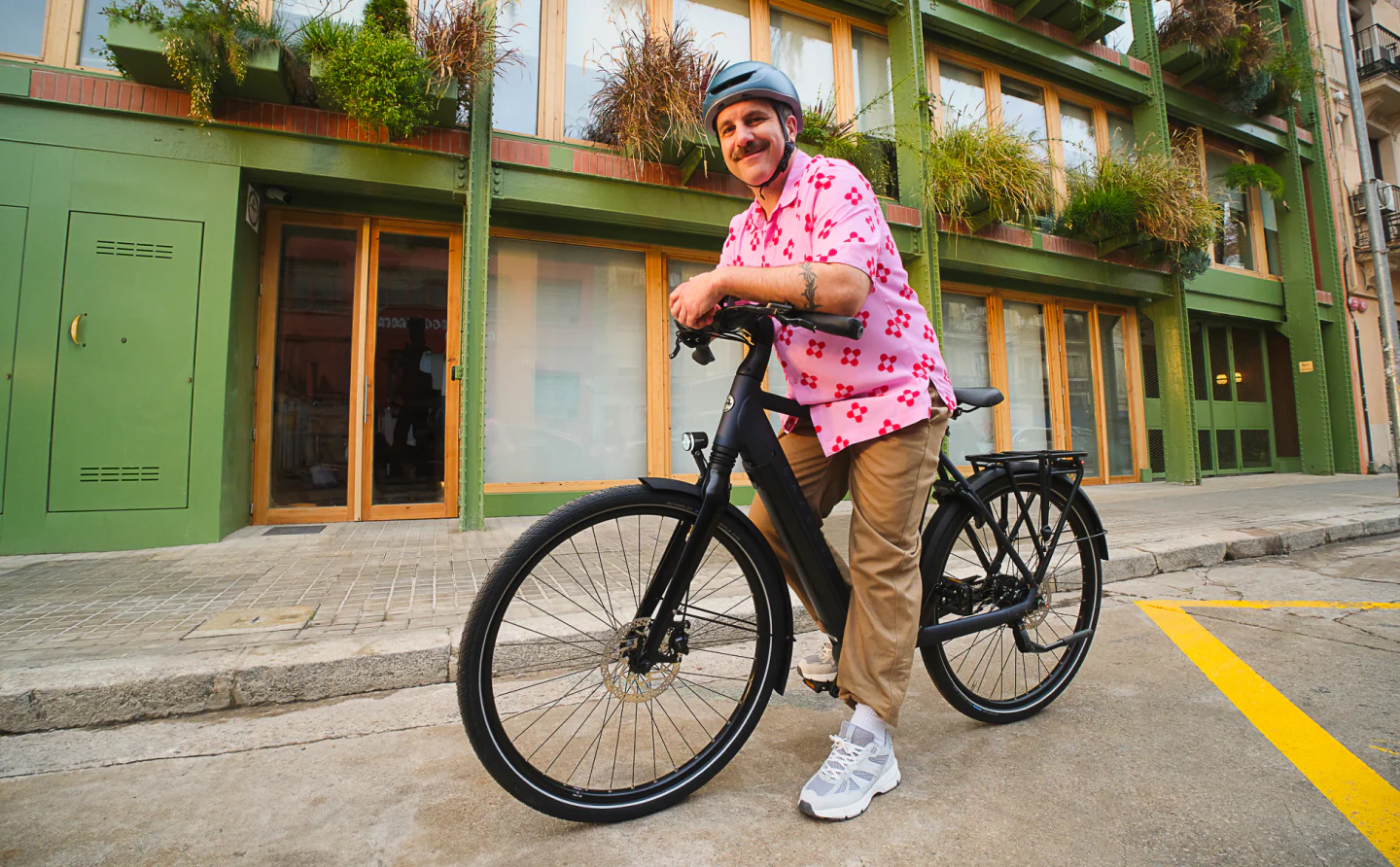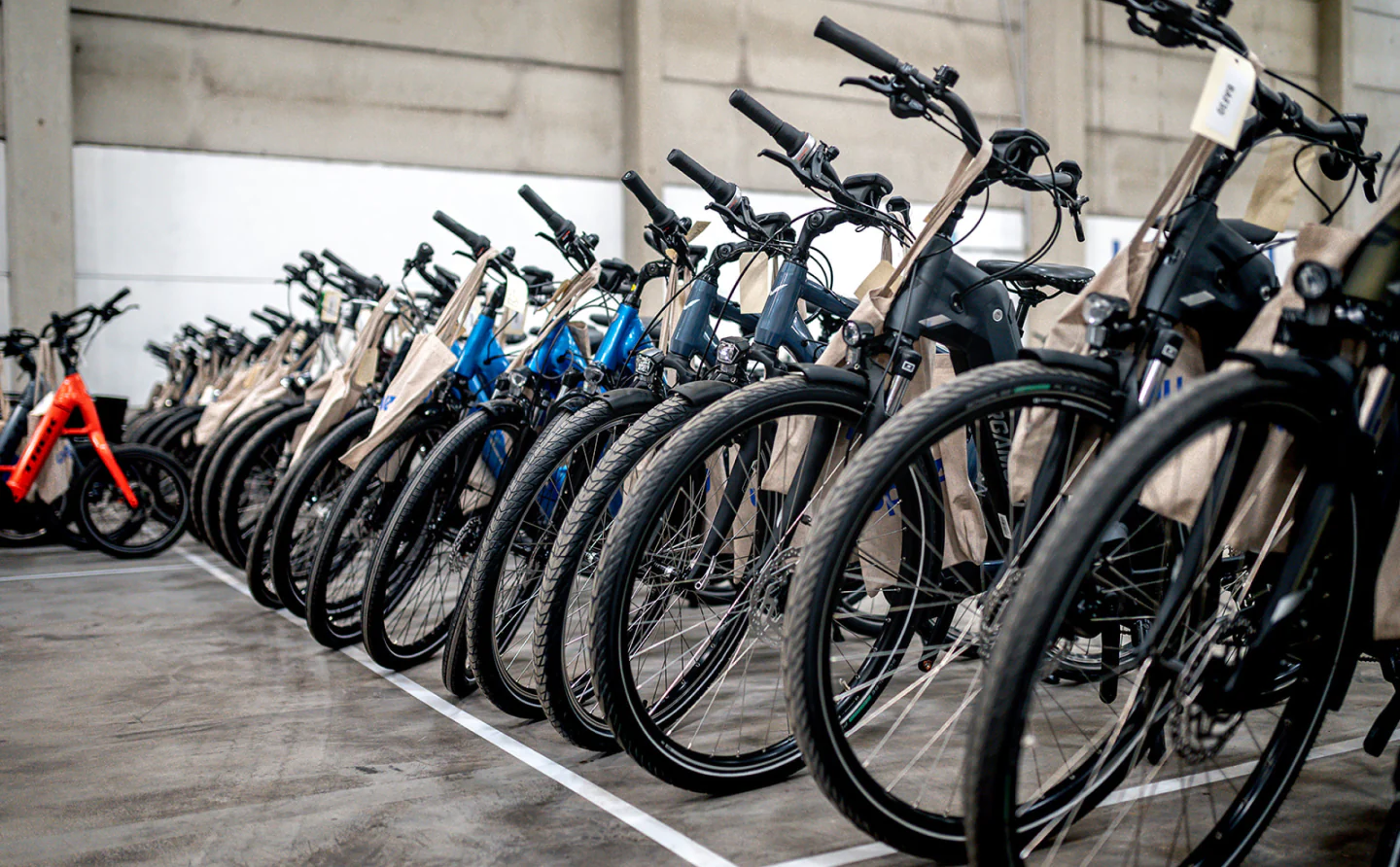An astonishing marine fungus eating away at debris in the Great Pacific Garbage Patch is providing hope as a natural solution to a common toxic plastic waste.
As detailed on Phys.org, microbiologists at the Royal Netherlands Institute for Sea Research, or NIOZ, discovered a new fungus called Parengyodontium album that can break down polyethylene, the most abundant type of plastic waste in our oceans.
"What makes this research scientifically outstanding, is that we can quantify the degradation process," lead author Annika Vaksmaa explained in NIOZ's writeup published by Phys.org.
While many types of bacteria degrade plastic, the writeup notes that just four types of fungus are known to do the same. In order to operate, P. album needs exposure to sunlight, which the researchers were able to replicate with UV radiation in the lab.
This means P. album is only able to degrade plastics at ocean surfaces. However, the discovery may indicate there are species to be found and identified.
"There are numerous amounts of marine fungi, so it is likely that in addition to the four species identified so far, other species also contribute to plastic degradation," Vaksmaa said, per Phys.org. "There are still many questions about the dynamics of how plastic degradation takes place in deeper layers."
Watch now: These futuristic gas stations could completely change what it's like to own an EV
Another recent study estimates that more than 170 trillion plastic particles pollute our waters. Perhaps no accumulation of waste is more emblematic of the problem than the Great Pacific Garbage Patch — a massive collection of debris pushed together by currents.
"Large amounts of plastics end up in subtropical gyres, ring-shaped currents in oceans in which seawater is almost stationary," Vaksmaa said in NIOZ's writeup on Phys.org. "That means once the plastic has been carried there, it gets trapped there."
In recent years, organizations, cleanup crews, and scientists have all made headway in the battle to clean up our oceans, including the Pacific patch.
One Indonesian nonprofit developed barriers to prevent plastic debris from flowing into the waters and launched another company to turn that waste into useful products. The Ocean Cleanup's Interceptor is also aimed at halting plastic from entering our oceans.
TCD Picks » Upway Spotlight

Many individuals are also supporting these efforts for a healthier tomorrow by switching to plastic-free alternatives for everyday products, from sandwich bags to shampoo bars.
Despite these promising actions and tools, there is still plenty of toxic waste to deal with. Unassisted plastics take tens to hundreds of years to break down. As they degrade, they produce gases — like methane — that contribute to the overheating of our planet.
This combined reality makes finding plastics-degrading organisms an "urgent" endeavor, according to NIOZ's writeup. A plastic-gobbling enzyme and a common bacterium in soil and sewage are other promising biological solutions.
NIOZ's findings, published in Science of the Total Environment, may now be another crucial piece of the puzzle to cleaning up our waters.
Join our free newsletter for weekly updates on the coolest innovations improving our lives and saving our planet.














